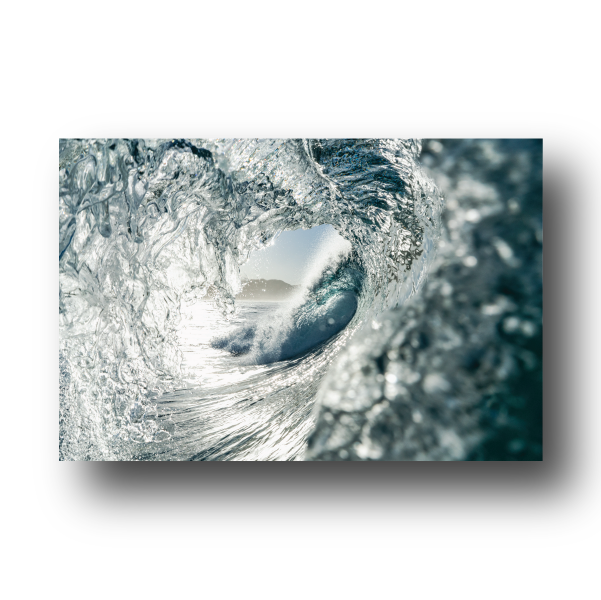12 Pro Tips for Beginner Flatwater Kayakers
Flatwater kayaking is a peaceful and accessible way to explore lakes, rivers, and calm coastal areas. Whether you're looking to enjoy a leisurely paddle or start a new adventure hobby, flatwater kayaking offers a great introduction to the world of water sports. These 12 pro tips will help you get started, from mastering basic paddling techniques to understanding water safety. With these insights, you'll be ready to embark on your flatwater kayaking journey with confidence and ease.
Sunset kayaking on Lake Tahoe. Photo by Dalton Johnson
Background:
Kayaking has ancient roots, with origins in the indigenous cultures of the Arctic. Traditionally used for hunting and transportation, kayaks were designed to navigate the calm and rough waters alike. In modern times, flatwater kayaking has become a popular recreational activity, allowing people of all skill levels to enjoy the tranquility of nature from the water. Flatwater kayaking is ideal for beginners, as it takes place on calm waters with minimal currents, making it easier to learn and enjoy.
12 Pro Tips for Beginner Flatwater Kayakers:
1. Start with the Right Kayak
Choosing the right kayak is essential for a positive experience. For flatwater kayaking, a recreational or touring kayak is often the best choice. These kayaks are stable, easy to maneuver, and designed for comfort. If you’re just starting, consider renting or borrowing a kayak before making a purchase to see what type suits you best.
2. Learn Basic Paddling Techniques
Mastering basic paddling techniques will make your kayaking experience more enjoyable and efficient. Focus on learning the forward stroke, sweep stroke, and reverse stroke. Practice proper hand placement on the paddle and use your core muscles to generate power. These fundamentals will help you navigate smoothly and prevent fatigue.
3. Practice Getting In and Out of the Kayak
Getting in and out of a kayak can be tricky for beginners. Practice entering and exiting from a dock or shallow water to build confidence. Keep your weight low and centered, and use your paddle for balance. Being comfortable with this process reduces the risk of tipping over and makes your outings more enjoyable.
4. Wear Appropriate Safety Gear
Safety should always be a priority when kayaking. Always wear a properly fitted personal flotation device (PFD) and consider wearing a helmet if you’re paddling in areas with obstacles. Dress appropriately for the water temperature, and bring a whistle or other signaling device for emergencies.
5. Understand Water Conditions
Before heading out, familiarize yourself with the water conditions. Check the weather forecast and be aware of wind speeds, as high winds can make paddling difficult. Understand the characteristics of the water body you’re kayaking on, such as potential currents, tides, and any hazards like rocks or submerged objects.
6. Start in Calm Waters
For your first few outings, choose calm, sheltered waters like small lakes or slow-moving rivers. These environments provide a safe and stable setting for practicing your skills. Avoid large bodies of water or fast-moving currents until you’re more experienced.
7. Practice Proper Posture
Maintaining good posture in the kayak is important for balance and paddling efficiency. Sit up straight with your back supported by the seat, and keep your knees slightly bent and pressed against the sides of the kayak. Proper posture helps you paddle more effectively and reduces strain on your back.
8. Learn to Self-Rescue
Knowing how to perform a self-rescue is crucial in case you capsize. Practice techniques such as the wet exit, where you safely exit the kayak after capsizing, and the paddle float rescue, which helps you re-enter the kayak from the water. Practicing these skills will give you confidence to handle unexpected situations.
9. Develop a Rhythm
Paddling with a steady rhythm helps you conserve energy and cover more distance efficiently. Focus on smooth, even strokes, and avoid overexerting yourself by paddling too fast. A consistent rhythm keeps you moving forward and allows you to enjoy the scenery without tiring quickly.
10. Respect Wildlife and Nature
As you explore waterways, remember to respect wildlife and the natural environment. Keep a safe distance from animals and avoid disturbing their habitats. Follow Leave No Trace principles by not littering and minimizing your impact on the environment. Responsible kayaking ensures that these beautiful places remain pristine for future adventurers.
11. Paddle with a Partner
Kayaking with a partner is safer and more fun, especially for beginners. A paddling partner can assist in case of an emergency and share in the experience. It’s also helpful to have someone to practice skills with and to provide motivation as you build your confidence on the water.
12. Enjoy the Experience
Flatwater kayaking is a fantastic way to unwind and connect with nature. Take time to soak in the scenery, listen to the sounds of the water, and enjoy the peacefulness that comes with being on the water. Whether you’re paddling alone or with others, the experience is about more than just reaching your destination—it's about enjoying the journey.
Headed out for a kayak adventure in the Grand Teton National Park . Photo by Dalton Johnson
Flatwater kayaking offers an incredible opportunity to explore the outdoors from a unique perspective. By following these 12 pro tips, you'll be well-prepared to start your kayaking adventures with confidence and ease. Remember to prioritize safety, respect the environment, and take the time to enjoy every moment on the water. With the right preparation and mindset, flatwater kayaking can become a lifelong passion that brings you closer to nature and the serenity of the water.











